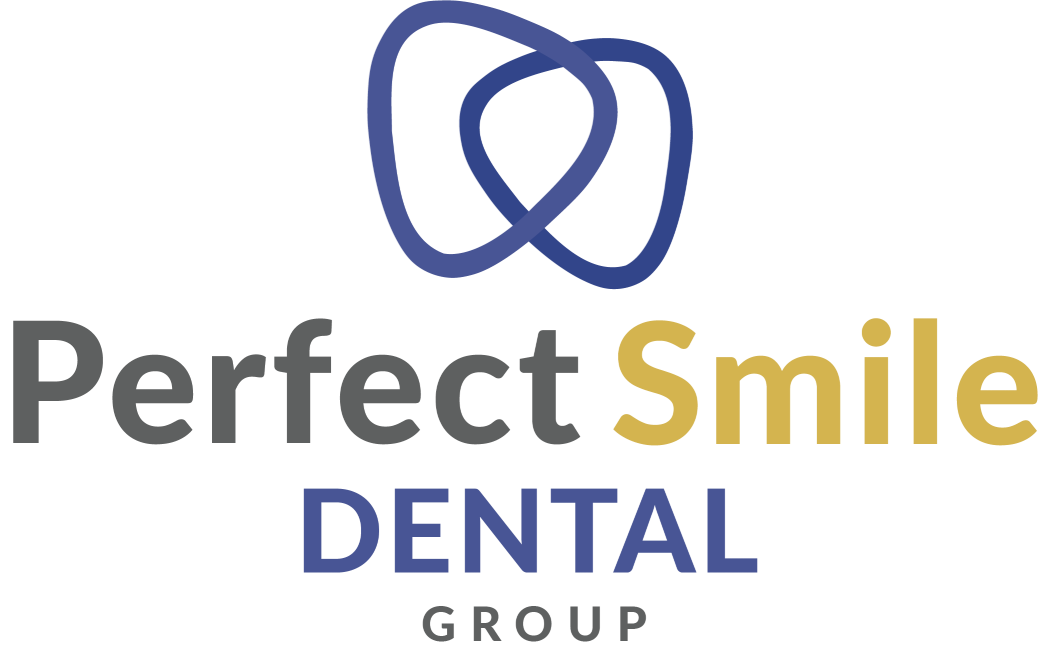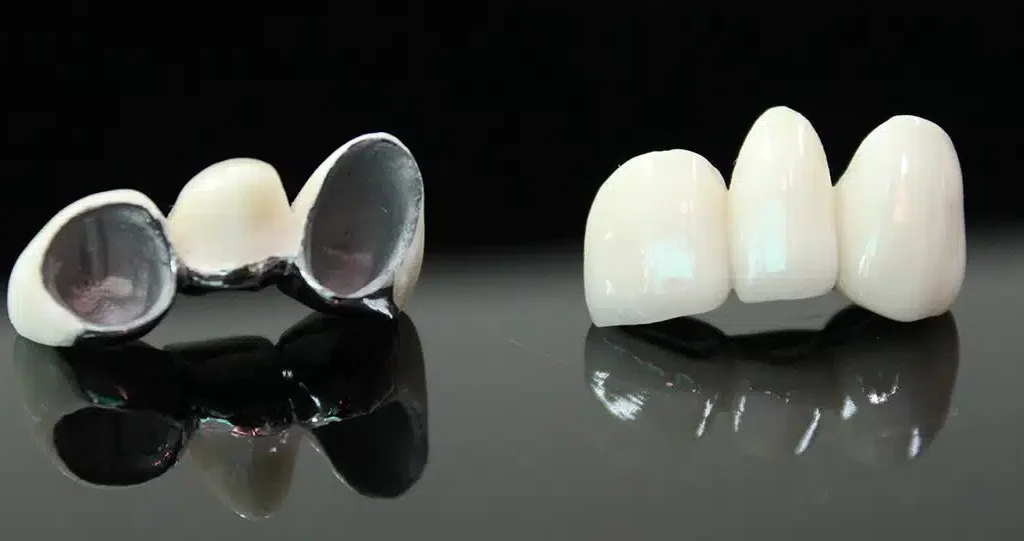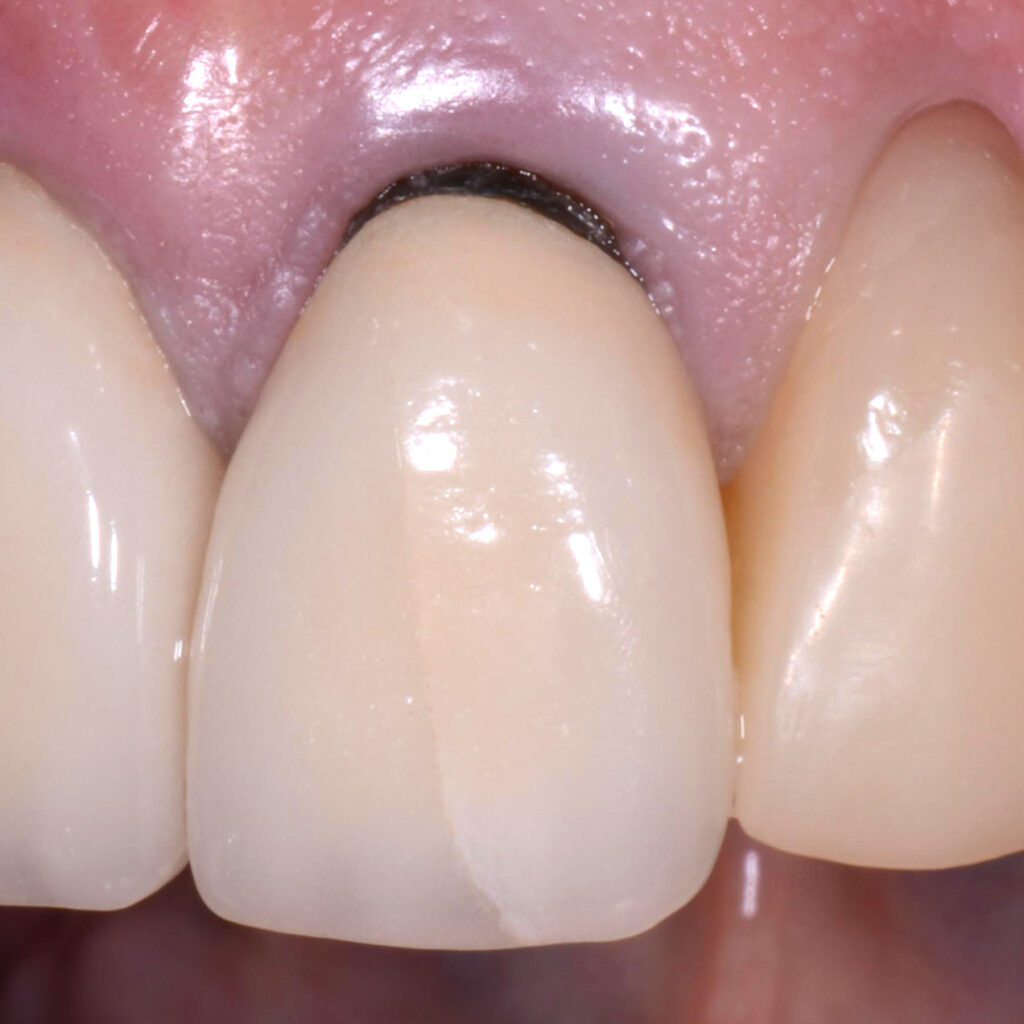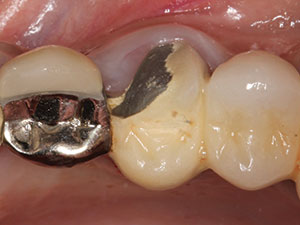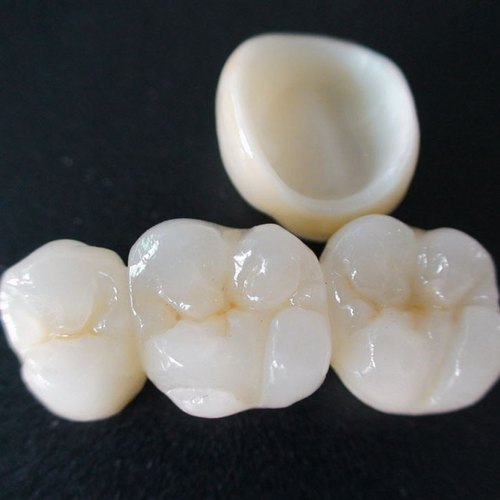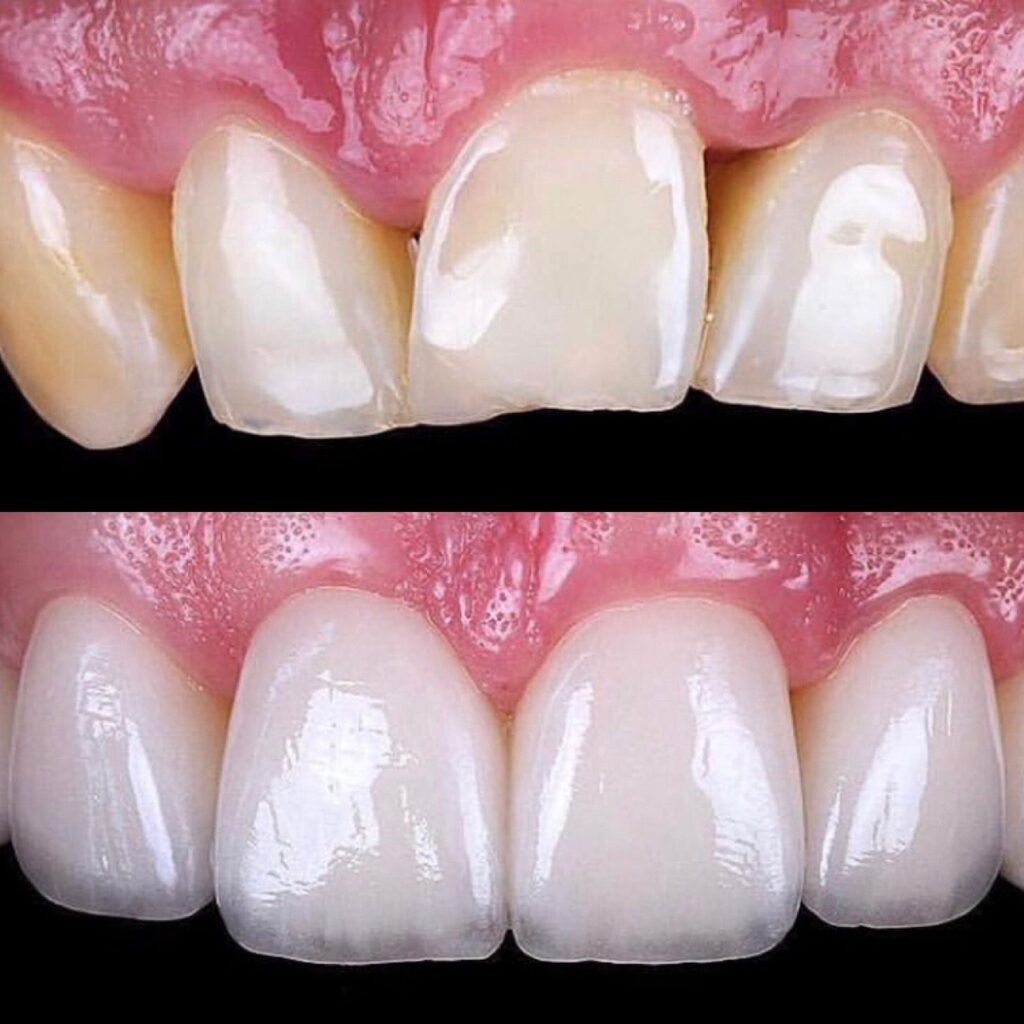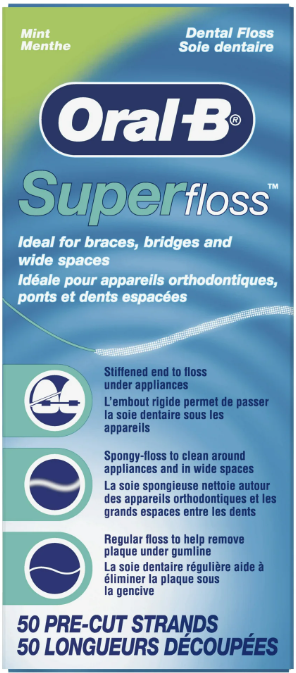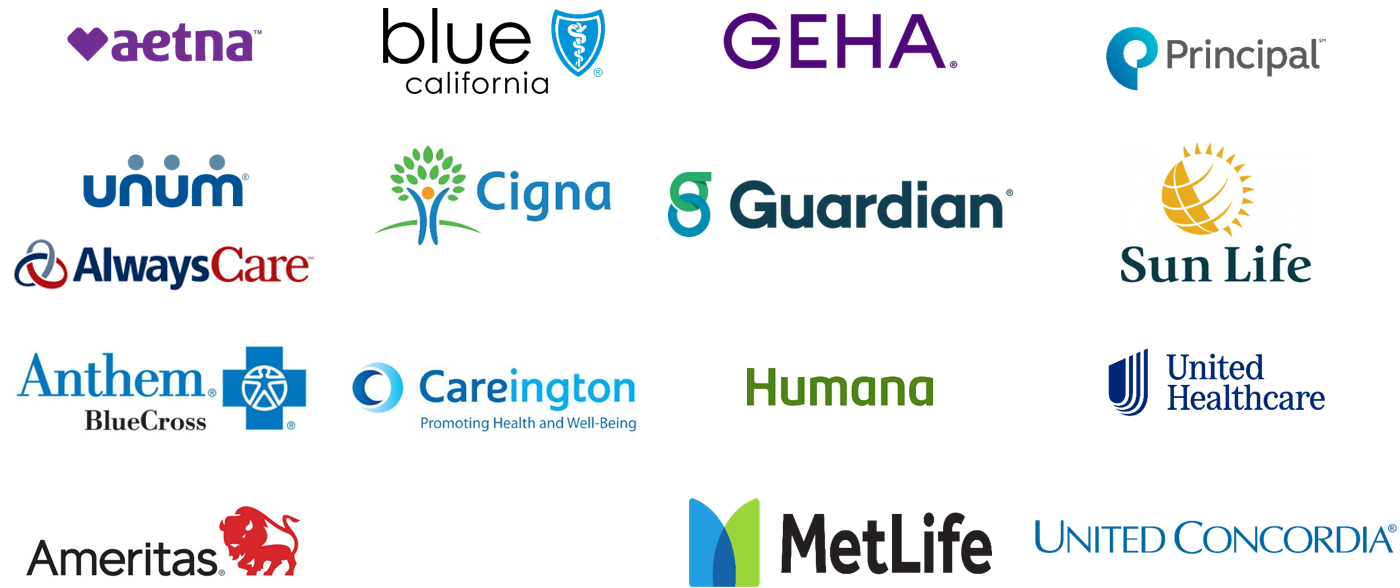Frequently Asked Questions
What is a dental bridge?
A dental bridge is a dental treatment used to replace one or more missing teeth. The bridge is cemented to adjacent natural teeth.
How is a dental bridge different from a dental implant?
A dental bridge relies on adjacent teeth for support to replace a single or multiple missing teeth. Dental bridge can be done in 2 visits and does not involve oral surgery. Dental bridge cannot be flossed like natural teeth. Dental bridge must be cleaned using Superfloss or Floss threader.
A dental implant is usually a Titanium screw placed in the jawbone to replace a single or multiple missing teeth. Dental implant involves oral surgery to place the implant. Dental implant can be cleaned & flossed like your natural teeth.
How much does a dental bridge cost?
Dental bridge cost can vary depending on the number of teeth involved, the material used and the geographical location. Most dental insurance plans provide coverage for dental bridge. How much is covered depends on your insurance plan you purchased.
How does a bridge last?
Dental Bridge can last between 10 to 15 years. Good oral hygiene and routine dental check-ups can extend their longevity.
Which type of bridge is recommended?
Which type of bridge is recommended depends on the location of the bridge and the patient’s needs. Is esthetic important? Do you grind your teeth?
Full Metal Cast Bridges provide strength and durability, but due to the gray metal core they do not like natural teeth. Full Metal Cast Crowns are not recommended for front teeth.
Porcelain Fused to metal Bridges (PFM) provide strength and greater esthetics compared to Full metal cast bridges. PFM bridges have 2 disadvantages: In patients with receding gum, the metal core show as black line at the gum line. The porcelain layer on the metal core often breaks in patients that grind their teeth or chew on hard foods/objects.
Zirconia Bridges (Bruxzir) provide the highest strength, durability and great esthetic. Since there is no metal core and no porcelain, there are no concerns with black line at the gum nor breaking of the porcelain. They can be placed on front teeth or back teeth. Zirconia bridges are ideal for grinding patients.
eMax Bridges provide the highest esthetic and great strength. eMax bridges are the most natural and beautiful bridges and are perfect for front teeth. eMax bridges are ideal if esthetic is the most important to you.
Is it painful to get a bridge?
Modern dentistry has made the process of getting a bridge painless. Local anesthesia is used to numb the area to ensure that you feel no pain during the procedure. Some mild sensitivity or discomfort after the procedure is normal, but it’s usually minor and temporary.
Does a bridge require a root canal?
A bridge does not require a root canal. Bridges are often placed after extraction of a single tooth or multiple consecutive teeth to replace the missing teeth and to restore your smile and ability to eat effectively.
Alternative treatment option to dental bridge are dental implants.
How long do bridges take?
Getting a dental bridge involves two visits to the dentist. At first visit, prepare the teeth, take impressions and place a temporary bridge. At second visit, cement your permanent bridge. Getting a dental bridge usually takes two weeks.
How long do you have to wait to eat after a bridge?
After getting a bridge, you can eat as soon as the anesthesia wears off. With a temporary bridge, avoid any sticky or hard foods as this can dislodge or break the temporary bridge. Once your permanent bridge is cemented, you can return to your normal eating habits.
Do dental bridges require special care?
Dental bridge cannot be flossed like natural teeth. Dental bridge must be cleaned by using Superfloss or Floss threader.

